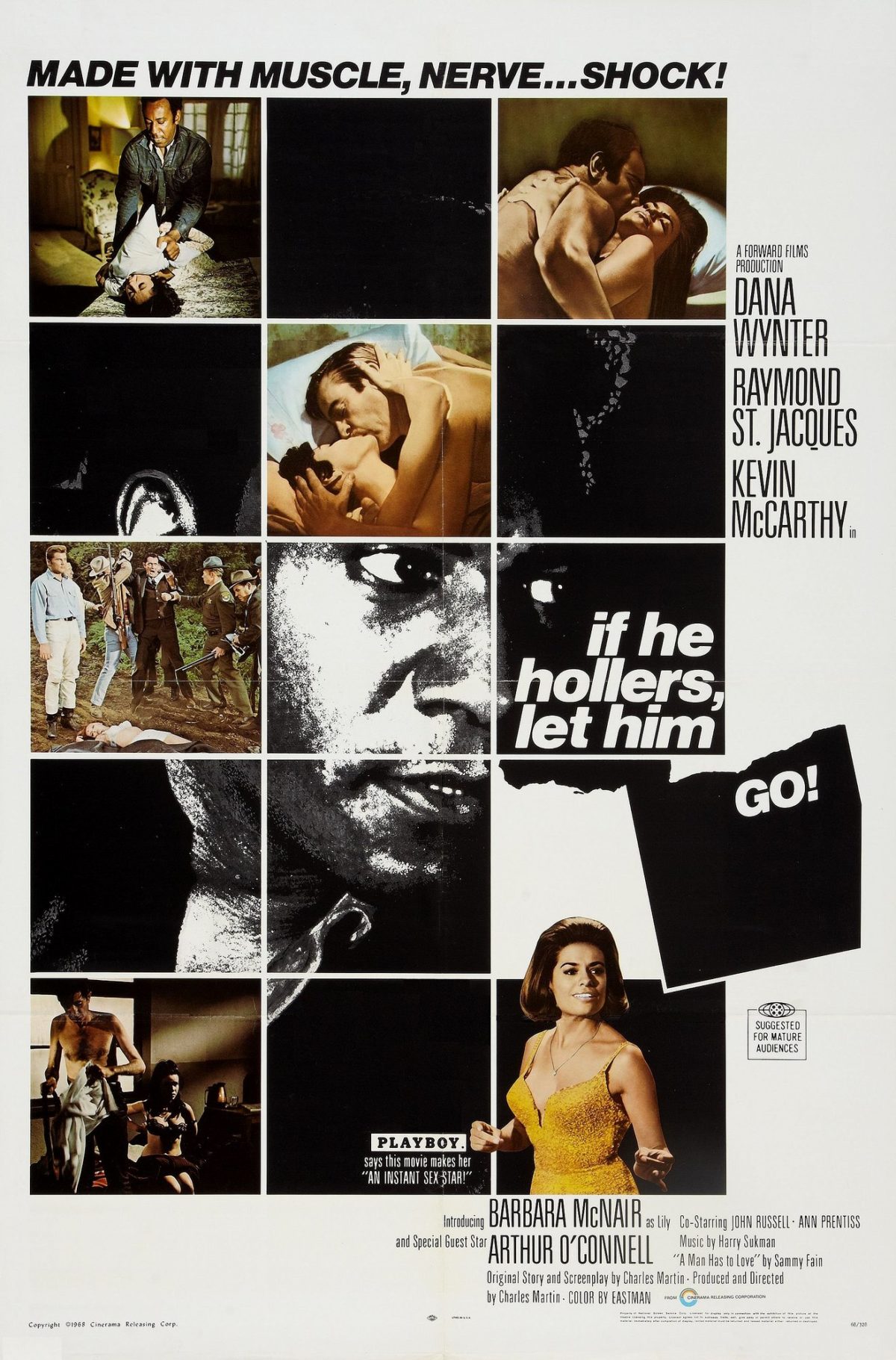The power struggle seen within If He Hollers Let Him Go by Chester Himes speaks to the limited social mobility within marginalized communities that pervades even modern society. While Bob focuses on the materialism of Los Angeles as an indicator of status, he also looks to make gains socially over his peers. Bob feels completely emasculated in his society; therefore, he looks to distinguish himself from women. When he felt Alice had gained power over him, he slapped her in an attempt to retrieve that power. Alice also seeks to make these gains in her desire to “go slumming,” as it allows her to feel powerful over her darker-skinned peers. However, these small gains in power can easily be lost by moving to a more white male-dominated crowd or by other grabs of power by their peers. In the end, social mobility remains limited.
In The Making of a Teenage Service Class: Poverty and Mobility in an American City by Ranita Ray, she investigates the way in which lower-income communities face structural violence and inflammatory labels like “at-risk youth” that prevent them from elevating their economic status. As such they seek out social distinctions that make them feel as though they have gained some footing, but family crises, unemployment, and other results of the uncertainty of their lives cause significant setback. Therefore, they relish every small gain. Ray brought some of the youth to a sushi restaurant, and because sushi had the ability to elevate them over their peers who only ate fast food, the teenagers posted pictures of it all over Facebook, disregarding the fact that they frequently rely on fast food as well due to living in a food swamp. Himes and Ray reveal that little has changed throughout the past several decades. The small gains amount to little in a society that limits mobility, but it does not prevent the attempt and the desire to distinguish oneself in a society that claims everyone can have a piece of the American Dream.
